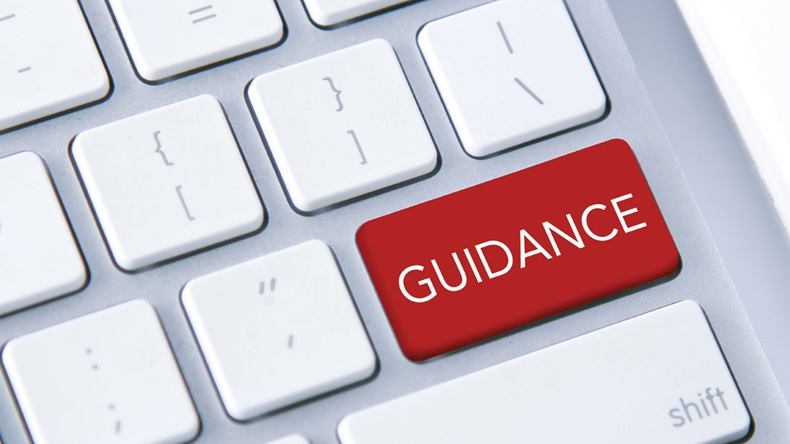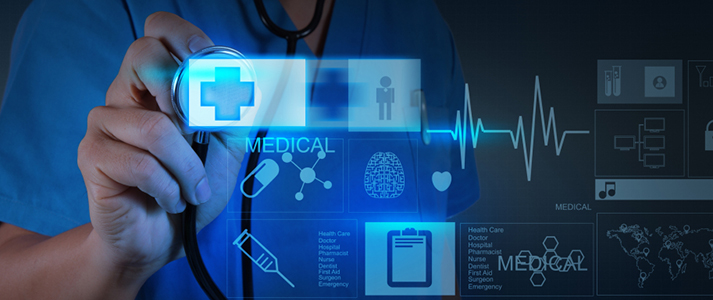This article was updated June 2, 2025. Medical device regulation in Bosnia and Herzegovina is governed by national legislation aligned with European Union directives. The main authority overseeing medical devices is:
Agency for Medicinal Products and Medical Devices of Bosnia and Herzegovina (ALMBIH)
Key responsibilities of ALMBIH include:
- Device registration and lifecycle management
- Oversight of manufacturing and import activities
- Post-market surveillance and materiovigilance
- Maintenance of the national information system for medical devices
ALMBIH operates under the 2012 Law on Medical Devices and associated guidance, including the Materiovigilance Regulation (Official Gazette No. 58/12).

,:, Information About Medical Devices
Device Classification:
Devices are classified according to risk, intended use, and duration of contact, following a structure similar to EU’s system:
- Class I – Low-risk (e.g., non-invasive)
- Class IIa – Moderate-risk (e.g., surgical gloves)
- Class IIb – Medium-high risk (e.g., infusion pumps)
- Class III – High-risk (e.g., implantable)
- IVDs – In vitro diagnostics (separately classified)
Device classification determines documentation, regulatory route, and fee requirements.
Medical Device Definition
A medical device in Bosnia and Herzegovina is defined as:
“Any instrument, apparatus, appliance, software, implant, reagent, material or other article used for diagnosis, prevention, monitoring, treatment or alleviation of disease or injury in human beings.”
Devices intended for contraception, disinfection, or supporting/sustaining life also fall under this definition.
Registration Dossier Requirements (By Class)
Requirements: Class I, Class IIa, Class IIb, and Class III
Application Form – All Classes
CE Certificate / DoC – All Classes
Free Sale Certificate (FSC) – All Classes
ISO 13485 / ISO 9001 Certificate – All Classes
Instructions for Use (IFU) – All Classes
Local Language Labels – All Classes
Risk Classification Declaration – All Classes
Authorization Letter (if foreign) – All Classes
Additional technical file – Classes IIa, IIb, and III
Note: Class I devices may follow a simplified route with fewer documents.

Application Process
Step-by-Step Registration Process
- Access ALMBIH Medical Device Information System
-Register online to initiate the process.
- Select Applicable Regulatory Path
-Choose between EU MDR (2017/745), IVDR (2017/746), or legacy EU directives.
- Upload Manufacturer & Facility Data
-Include ISO certificates, site address, and contact details.
- Submit Product Details
-Provide classification, CE/FSC documentation, IFU, labeling, and device description.
- Submit Application
-Select: Initial Registration, Renewal (every 5 years), Addition (e.g., packaging), or Modification (e.g., expiry, design, labeling).
- Document Review & Validation by ALMBIH
-Submissions are validated in stages and color-coded for status updates.
- Certificate Issuance
-Upon approval, the device is officially registered and listed.
- Renewals & Modifications
-Initiate timely renewals and report all changes for validation.

Additional Registration Information
Registration Timelines and Fees:
|
Device Class |
Estimated Timeline |
Fees (Approximate in EUR) |
|
Class I |
2–3 weeks |
€100–300 |
|
Class IIa |
3–5 weeks |
€300–500 |
|
Class IIb |
4–6 weeks |
€500–700 |
|
Class III |
6–8+ weeks |
€700–1000+ |
QMS Requirements:
All manufacturers must demonstrate compliance with an internationally recognized Quality Management System. ALMBIH requires:
- ISO 13485 or ISO 9001 for all device classes
- Details of the QMS (certificate number, expiration, issuer) must be submitted during registration
- Ongoing compliance is necessary for certificate renewal and market retention
Digital Platform – Information System Access:
The national Medical Device Information System allows users to:
- Upload and validate certificates
- Track registration statuses
- Modify or renew device listings
- Submit authorized representative data
This platform ensures structured and centralized data handling.
Adverse Event Reporting and Market Surveillance:
Materiovigilance in Bosnia and Herzegovina is governed by a specific regulation.
Reportable Events Include:
- Device malfunction or failure
- Labeling or packaging errors
- Events causing or risking serious injury or death
Reporting Entities:
- Manufacturers
- Importers and distributors
- Authorized representatives
- Healthcare professionals
Reporting Method:
- Report via mail, email, or fax to ALMBIH
- Urgent verbal reports must be followed up in writing
ALMBIH evaluates reports, initiates investigations, and can mandate:
- Safety notices
- Field corrective actions (FCA)
- Product recalls or updates
Clinical Trial Requirements:
Clinical data is not always required for CE-marked devices. However:
- Clinical trials may be required for high-risk or non-CE-marked devices • Trials must comply with GCP and local ethics committee approval
- Clinical evaluation reports should be submitted in support of safety and performance claims
Recent Regulatory Updates and Observations:
- ALMBIH continues to enhance its digital infrastructure for registration and validation.
- Use of MDR/IVDR classification paths reflects a gradual shift toward EU regulatory harmonization.
- Updated materiovigilance guidance strengthens post-market safety monitoring.
• ALMBIH encourages timely updates of ISO and CE certificates to prevent system rejections.
Conclusion:
Registering medical devices in Bosnia and Herzegovina involves navigating a structured regulatory process supported by a national information system. Compliance with ISO standards, transparent documentation, and adherence to materiovigilance practices are critical to market access and product sustainability. As regulatory alignment with EU MDR/IVDR evolves, staying current with ALMBIH’s updates will be key for all stakeholders.
How Can RegDesk Help?
RegDesk is an AI-powered Regulatory Information Management System (RIMS) designed to simplify global compliance for medical device companies. With regulatory intelligence covering 120+ markets, RegDesk helps you prepare and publish global submissions, manage standards, conduct impact assessments, and stay ahead of regulatory changes all from a single, centralized platform. Expanding into new markets has never been easier.
Sources:
http://www.almbih.gov.ba/_doc/upustva-vodici/MSuputstvo_za_korisnikeV3-1.pdf

